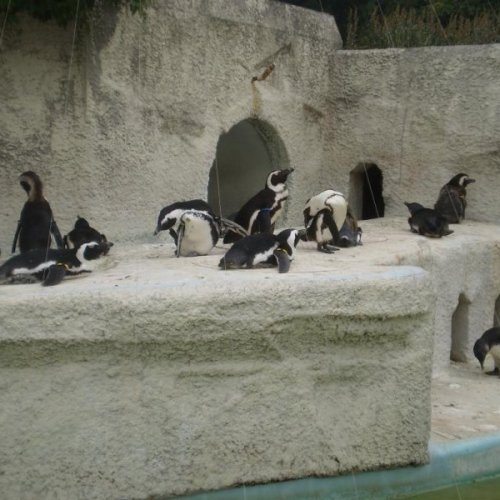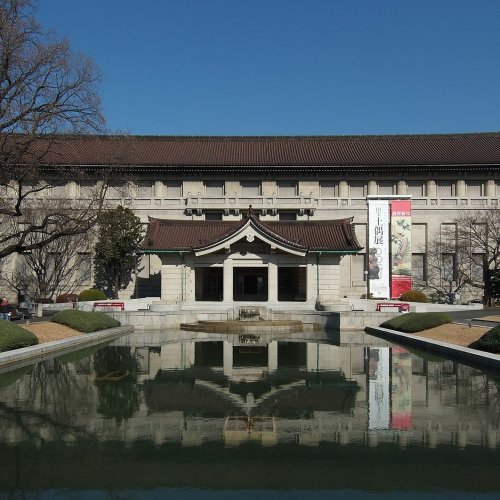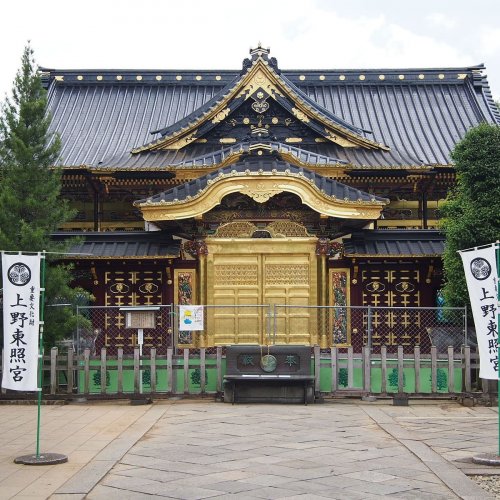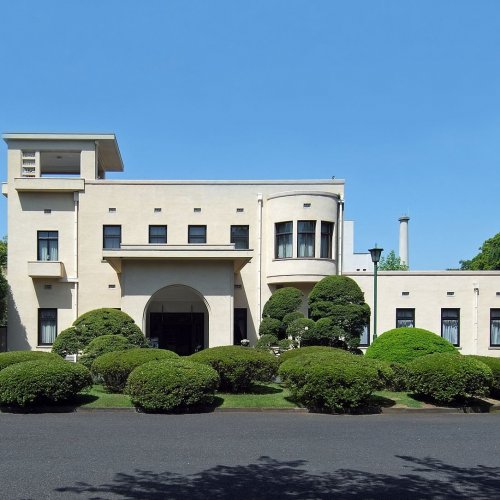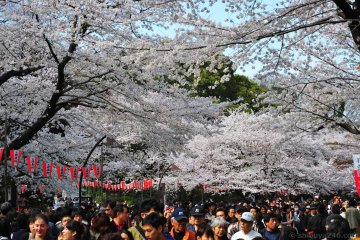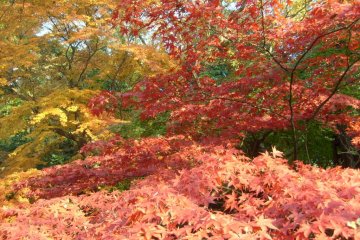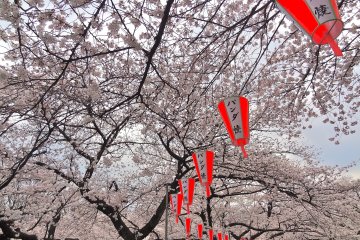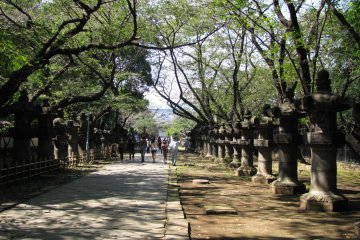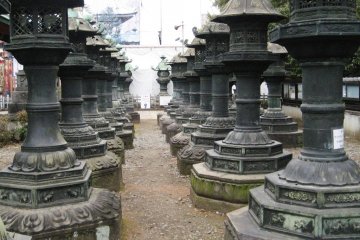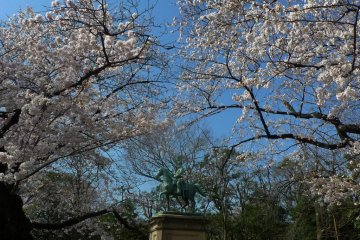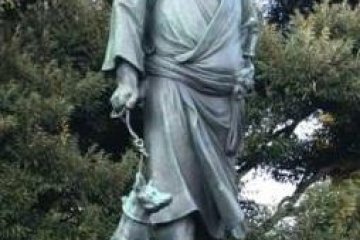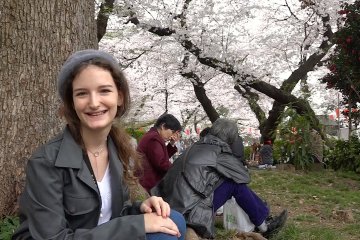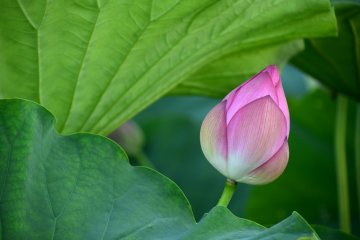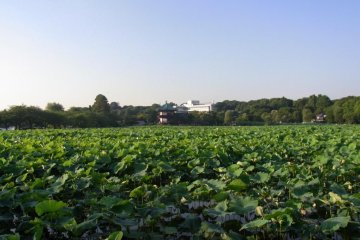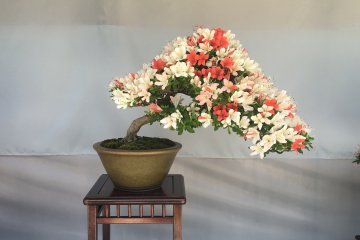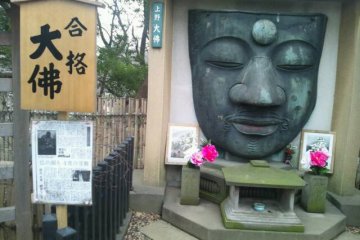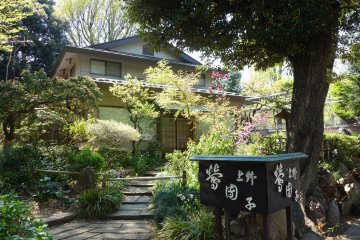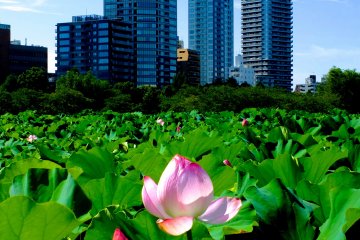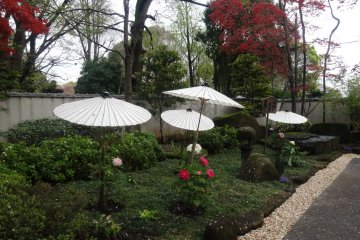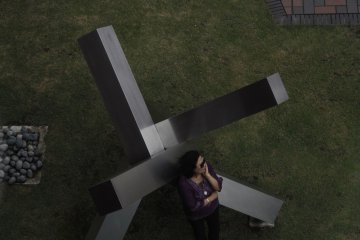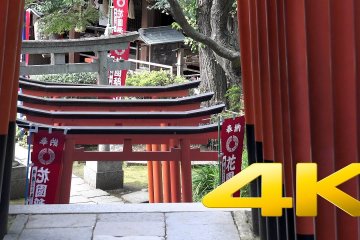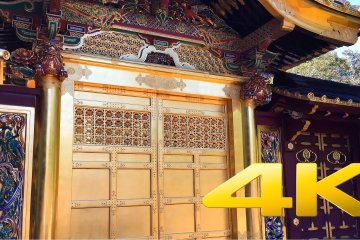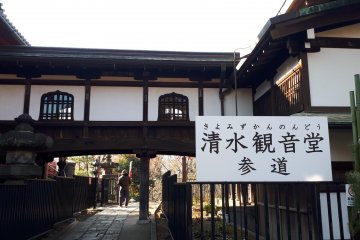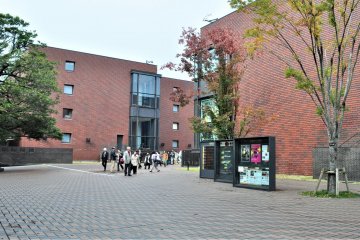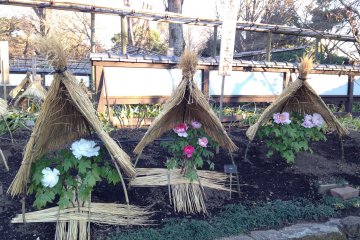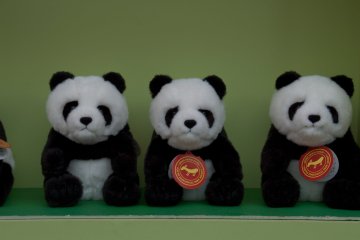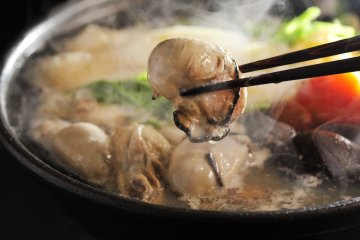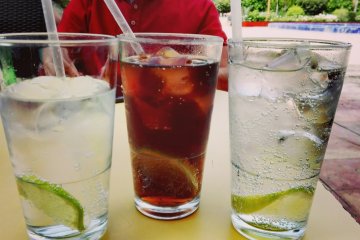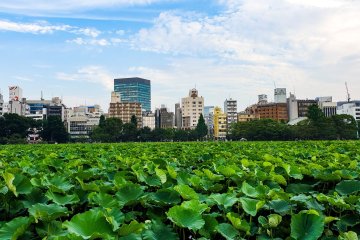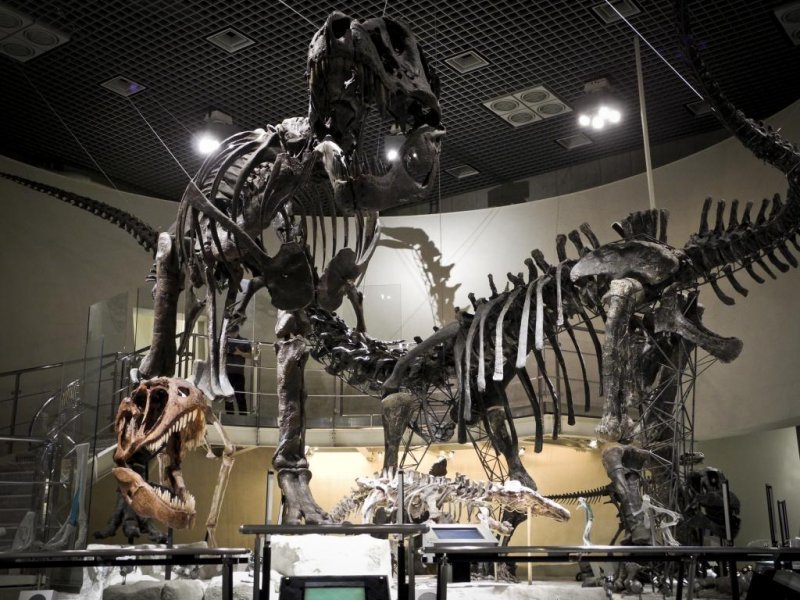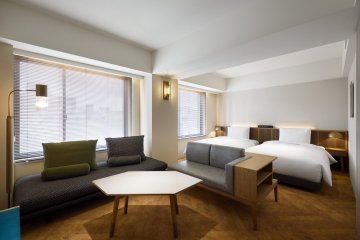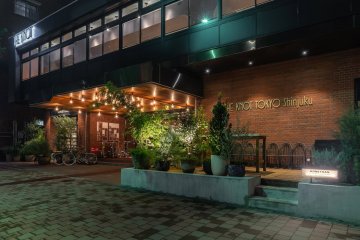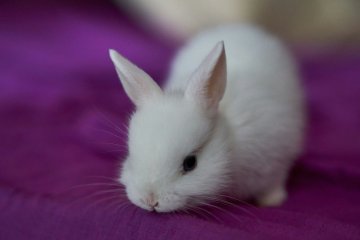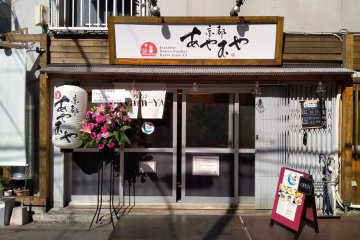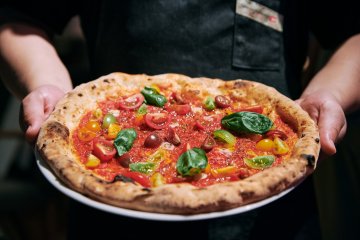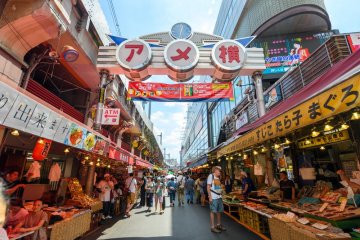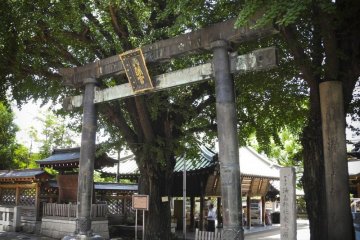The Ueno Park (Ueno Koen) in the Taito district of Tokyo is a public park and with more than 10 million visitors annually the most popular city park in Japan. It includes the area of the Kaneiji Temple, which was built there to symbolically protect Edo Castle, which is in the Boshin Civil war in 1868 was largely destroyed.
Today's park is home to a variety of museums, including the Tokyo National Museum, the National Museum of Natural Sciences, the National Museum of Western Art, and the Tokyo Prefecture Art Museum. The Ueno Zoo, the oldest animal park in Japan, is also located here.
In the southern part of the park is the Shinobazu pond, which is based on Lake Biwa near Kyoto and in the middle of which is the Bentendo temple hall. The Kiyomizu Kannon Temple - also based on its model in Kyoto - and a Toshogu shrine dedicated to the Tokugawa clan were also built on the large area.
At the same time, the Ueno Park with its more than 1000 cherry trees is a popular destination, especially in spring, to admire the cherry blossoms while doing a hanami and picnic under the trees.
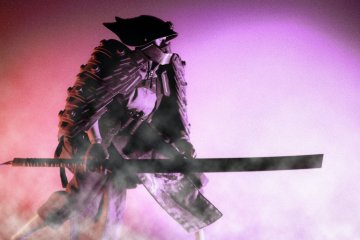






/139.7741538,35.7156148,9/397x132?access_token=pk.eyJ1IjoiamFwYW50cmF2ZWxtYXBzIiwiYSI6ImNqbXBtOXYxbDB5Z3ozbHFrazJuYWMwOGYifQ.v15fy_mcFWtgopmz8PhwqA)
